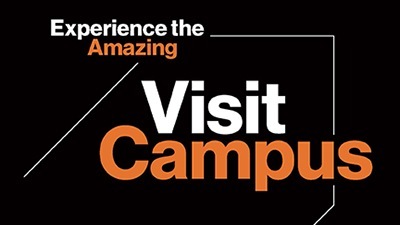
Kierstin Muroski
Assistant Professor
Department of ASL and Interpreting Education
National Technical Institute for the Deaf
Office Location
Kierstin Muroski
Assistant Professor
Department of ASL and Interpreting Education
National Technical Institute for the Deaf
Currently Teaching
INTP-210
Introduction to the Field of Interpreting
3 Credits
This survey course provides an introduction to the profession of sign language interpreting. Course content includes an overview of the history of the profession and professional organizations, interpreter role metaphors, the philosophy of practice within the field, and various work settings and protocols. Additionally, demand control schema is introduced as a critical analysis framework to uphold the values which serve the Deaf community and the linguistic and cultural values established in the field.
INTP-460
Issues in Interpreting
3 Credits
This capstone course offers students an opportunity to integrate content areas in the program curriculum and investigate current issues and controversies in the field of interpreting. The course content and activities will vary depending on current issues, literature developments, and students’ interests, but students will be given guiding research tools through research development with a critical approach to interpreting-related issues.
In the News
-
March 31, 2025

RIT/NTID announces launch of InterpNET resource database
Rochester Institute of Technology’s National Technical Institute for the Deaf announces the launch of InterpNET, a resource database for educators and students in interpreter education programs, deafness-related organizations, and anyone interested in expanding their knowledge.




